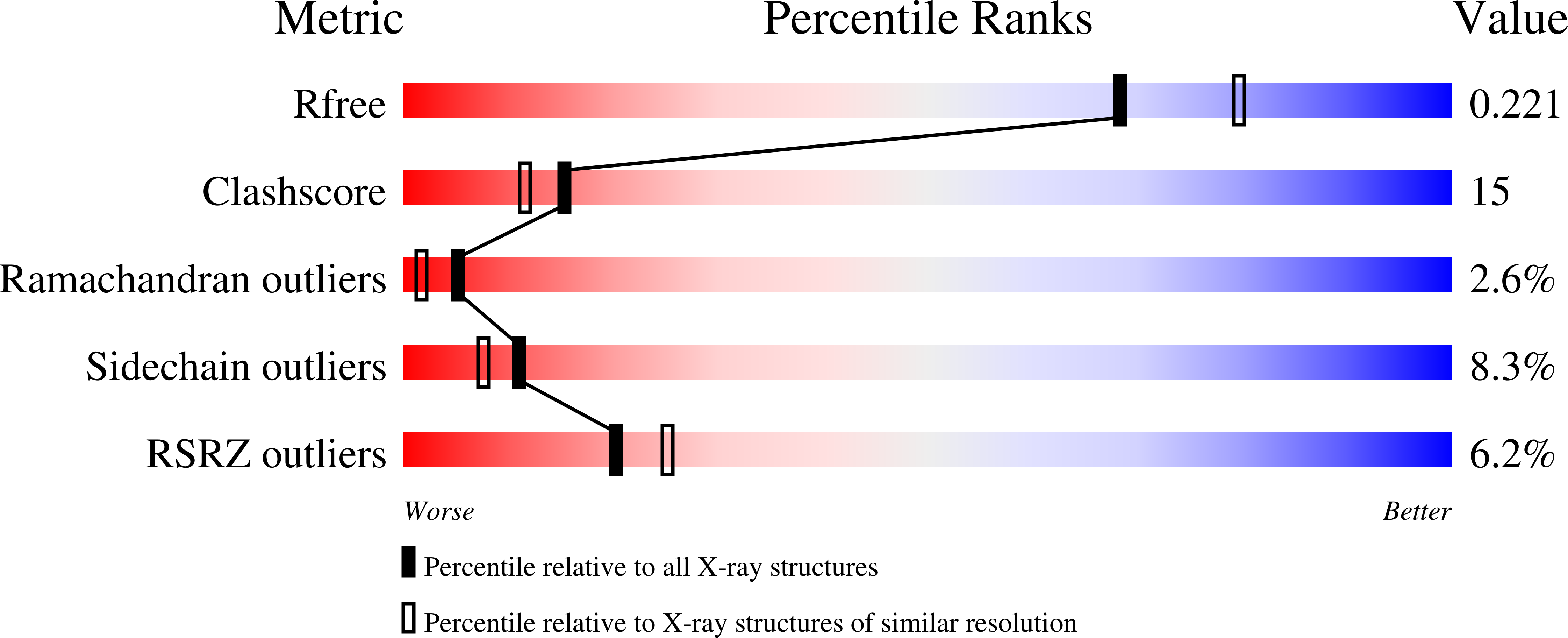
Deposition Date
2010-01-11
Release Date
2010-08-04
Last Version Date
2023-09-06
Entry Detail
PDB ID:
3LCT
Keywords:
Title:
Crystal Structure of the Anaplastic Lymphoma Kinase Catalytic Domain
Biological Source:
Source Organism:
Homo sapiens (Taxon ID: 9606)
Host Organism:
Method Details:
Experimental Method:
Resolution:
2.10 Å
R-Value Free:
0.25
R-Value Work:
0.20
R-Value Observed:
0.20
Space Group:
P 21 21 21


